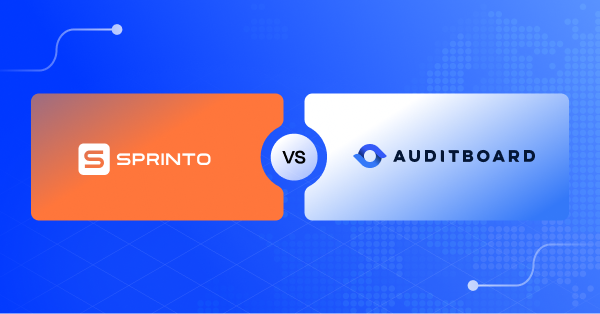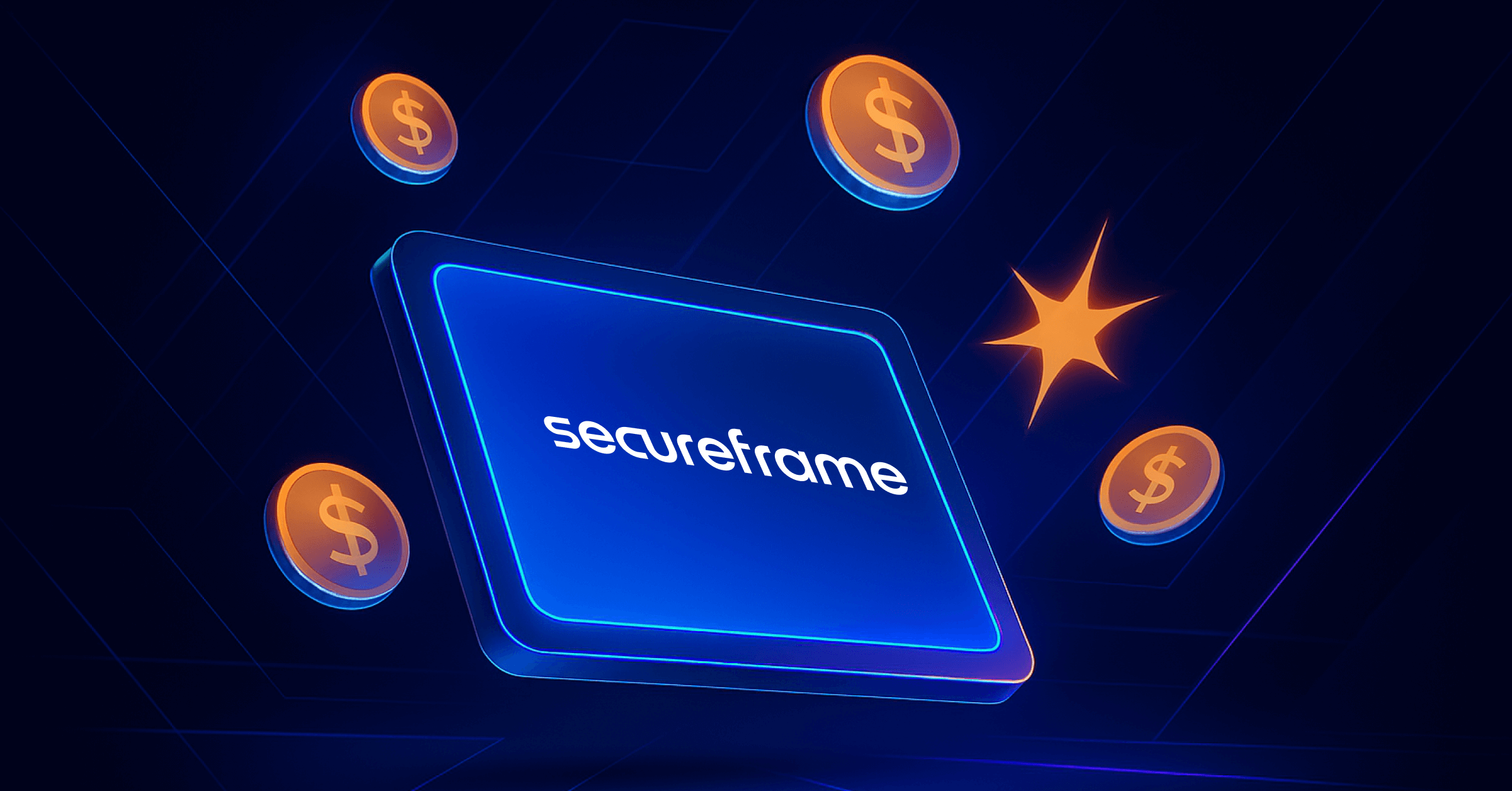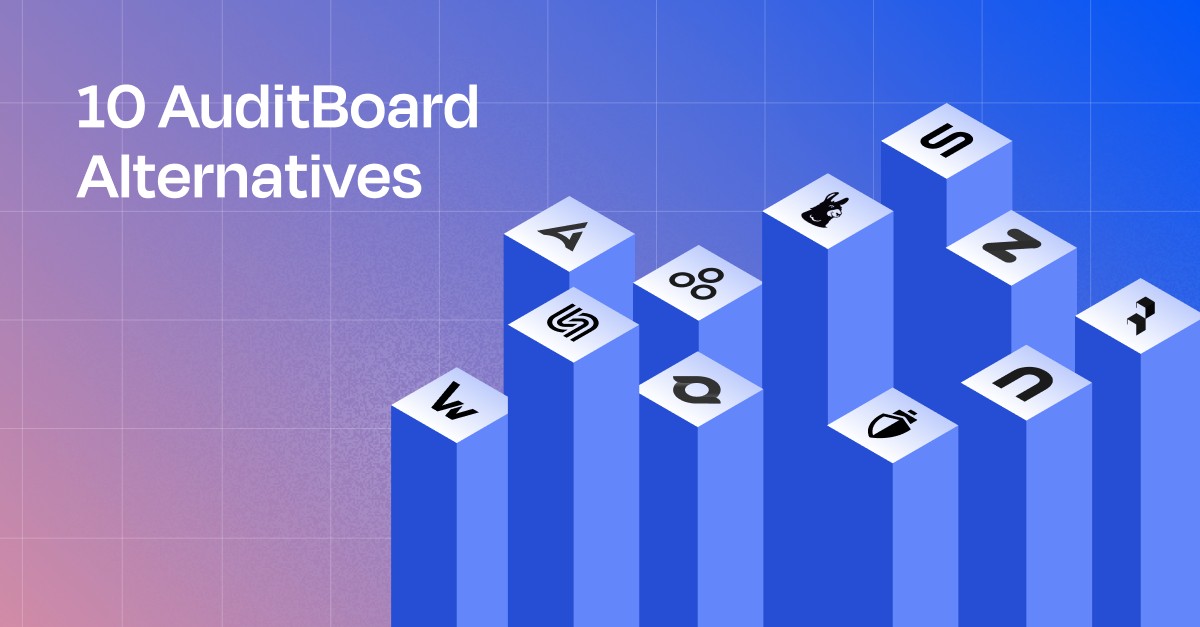Continuous Control Monitoring (CCM) Guide – Examples & Benefits
Meeba Gracy
Oct 15, 2024
Gone are the days of Excel and Spreadsheet-driven control monitoring that shackled risk management efficiency and left businesses vulnerable. Today, it’s possible to get a real-time view of all the checks and controls, how they perform against criteria, and pinpoint where they fail — 24×7, 365 days a year.
But what does it mean for your business? Continuous control monitoring is shifting how we see compliance and security. It means faster compliance, a secure perimeter, better incident response, and smoother audits.
Let’s dive in!
TL;DR
Goal: To continuously monitor controls and minimize compliance and security risks
Tactic: To use an automated mechanism for monitoring controls in real-time
Result: Ensure compliance management, operational efficiency, cost savings and better response to failures
What is continuous control monitoring?
Continuous Control Monitoring (CCM) is a systematic process enabling your business to monitor processes, policies, and controls in real-time to ensure their effectiveness and identify gaps or anomalies.
The CCM process uses automation to continuously monitor key controls and critical activities to provide an overall view of potential risks and deviations from established norms.
It integrates with various business applications across IT, Development, Security, HR, Sales, and Finance, pulling relevant data to gather relevant information for continuous risk monitoring and adherence to framework requirements. And if risks or issues are identified it raises alerts and provides remediations.
What is the difference between Control monitoring and CCM?
The major difference is the latency between the two. While continuous control monitoring can validate control performance in real-time, control monitoring is periodic and can only validate controls at a set frequency. This means you identify anomalies much sooner with continuous monitoring and thus trigger remediation faster.
Continuous control monitoring, on the other hand, relies on automated tools to ensure continuous auditing of controls for ongoing risk management. It is more comprehensive and detects any internal control deficiencies and failures in real-time. This allows for a proactive approach to managing risks and enhances preparedness. The current digital landscape necessitates CCM to stay abreast of the threats and maintain a robust security and compliance posture.
What are the business use cases of CCM?
Continuous control monitoring streamlines many business areas and cuts down the effort required to manage security, risks, compliance, change management and more.
Let’s look at the business use cases of CCM:
Compliance Management
Before applying for an external audit, you need to ensure that you have reached >90% mark and are continuously compliant. CCM facilitates this process by providing you with a quick snapshot of compliance status at any given time and taking proactive action to minimize any deviations.
Data-driven Risk Management
CCM can help with risk quantification and enable the organization to understand the severity of risks based on the failing controls. This facilitates in-depth risk assessments, comprehensive risk reporting, and the reduction of risk caused by control gaps.
Change Management
CCM can monitor controls related to change request approval and communication and can even test controls before they are used in the production environment. You can set up automated workflows for this process and facilitate smooth change management.
Operational Efficiency
CCM is an automated process that minimizes errors and enhances accuracy. It saves costs and bandwidth of the teams and makes room for well-informed decisions thus enhancing the overall efficiency.
Steps to implementing continuous control monitoring
Implementing a continuous control monitoring mechanism requires identifying the applicable frameworks to map controls and choosing a single source of truth for all control activities. The CCM tool pulls the relevant data to detect any control failures and minimizes the need for manual oversight. Assuming you have chosen Sprinto for your compliance automation needs
Here are the 5 steps to implement Continuous Control Monitoring:
Implementing a continuous control monitoring mechanism requires identifying the applicable frameworks to map controls and choosing a single source of truth for all control activities. The CCM tool pulls the relevant data to detect any control failures and minimizes the need for manual oversight.
Here are the 5 steps to implement Continuous Control Monitoring:
1. Integrate your cloud stack
A big chunk of corporate data is now stored in the cloud, and many large companies have adopted multi-cloud infrastructures. To monitor all your controls around manually is a big NOO. That’s why you need software that works around the clock with easy-to-use integration.
2. Map entity-level controls to framework criteria
Continuous control monitoring is a powerful tool, but it’s only effective when you map your controls to specific framework criteria. The controls are defined by the regulatory authorities or mentioned in popular industry frameworks like SOC 2, COBIT 5, NIST Cybersecurity Framework, ISO 27001, etc. Let’s say the organization is subject to ISO 27001.
All relevant framework controls must be mapped to set up CCM for each of these controls. For example, in the case of access management, you should list the key systems and set up regular reviews of user access rights as part of your business processes.
3. Define owners for each control and/or control family
Security control frameworks are the cornerstone of your control monitoring program. These controls include many safeguards to prevent, detect, counter, or limit security risks to physical property and computer systems.To begin with monitoring of controls, designate owners for each control.
The role of these control owners is important, as they are responsible for addressing critical vulnerabilities within the specified timeframe. Assigning owners ensures accountability and prompt management of a wide range of security controls.
Automated checks for cloud entities refer to automated processes and tools designed to assess and monitor various aspects of cloud resources, configurations, and activities within a cloud computing environment. These automated checks are implemented to enhance cloud security, compliance, and operational efficiency.
When you activate automated checks for your cloud entities, you set up a system that constantly scans and evaluates them. These checks have a specific purpose: to spot anything unusual or out of the ordinary. When they do find something amiss, they don’t just stop there. Instead, they kickstart a series of actions and notify you to take the next action.
Activate automated checks for cloud entities with Sprinto
4. Track health in near real-time on the control health dashboard
Control health dashboard is a security dashboard that offers a consolidated view of potential security and system-related issues. Here, administrators can easily identify any security vulnerabilities or outdated software. The information is categorized as passing or failing and helps promptly notify the responsible owners for issue resolution.
In a similar way, when you access the control health dashboard within Sprinto, you’ll find a summary of your compliance status. Each section’s status is displayed, and you can see the number of pending checks associated with each control testing section. This provides a quick, at-a-glance view of your compliance health and helps you with the audit process.
5. Review and remediate when alerted by the system
As the control health dashboard updates you on which controls are failing or passing, you must determine the right course of action when the control fails. It can be that one of your employees still needs to complete the training, or you need to upload evidence under change management.
When this happens, here’s the plan: You should set up a well-defined process for your remediation efforts and confirm all your control alerts in a single repository. This step helps you with accurate alerts that require immediate attention from those who may need to be more critical.
Again, creating a specific procedure dedicated to reviewing and validating these control alerts is smart. This way, you ensure you address any issues in a snap, keeping your compliance efforts on track.
Sprinto sends context-rich and time bound alerts to minimize false positives to ensure timely remediation and productivity improvement.
Want to see how Sprinto enables granular-level monitoring? Check out this video:
Prerequisites for implementing CCM
Deploying continuous control monitoring solutions is a key milestone in the maturity of compliance and risk management practices. Before your organization can implement CCM, certain things must be in place. These are the foundational elements to ensure that CCM is aligned with organizational objectives and regulatory compliance standards such as ISO 27001, GDPR, NIST, and more.
- Integration Capabilities: You must use cloud systems, software, and other tools that integrate with your choice’s continuous control monitoring tool. This ensures that the monitoring tool and tech stack communicate with each other smoothly, enabling accurate monitoring
- Defined Controls and Compliance Requirements: A CCM works, as do your controls and policies. If your controls are not mapped to the right frameworks or policies don’t dictate the proper measures, then the results might not be optimum.
- Change Management Processes: As CCM can significantly change how organizations handle compliance and risk management, effective change management practices are needed to ensure smooth implementation and adoption.
Continuous control monitoring example
The best example of continuous control monitoring is malware protection. As a company, you must prevent, detect, and contain the impact of malicious code. Attackers are becoming increasingly savvy, using malware to bypass or disable defenses.
If you have a compliance operations platform that automates the testing and monitoring of control processes. This solution pulls information about controls from various systems and runs automated tests in the background. And here’s the best part: if your key control activities fail, the system sends alerts to notify you, allowing you to take immediate action.
6 benefits of continuous control monitoring
Continuous control monitoring is a useful measure that needs the involvement of where your company is actually going wrong. We know it requires a bit of effort; however, here are the 6 benefits of continuous control monitoring:

Always up-to-date insights and quick actions
Instead of looking back, the compliance operations platform lets you know what’s happening now. It can automatically fix small issues and save human effort for bigger problems. You don’t even need a separate compliance team to solve the issues.
This helps leaders make smarter decisions faster. They can choose key control processes that work well in the long run instead of rushing for quick fixes just before an audit.
Better security
Meeting compliance rules makes your weak points smaller. If you spot risks, you can place the right safety measures. Keeping an eye on these measures all the time makes your defenses stronger. This way, you can stop gaps from turning into security issues.
Ready for audits anytime
When you must follow rules only at certain times, gathering data, fixing any issues, and creating reports takes a lot of work. This can be tough for the whole organization.
With continuous compliance, you already have all the data you need. Making reports is easy and quick. Since your teams already solved problems a while ago, audits only disrupt everyday work a little.
Explore new opportunities
You can make more money by showing that you follow cloud rules. This helps you stand out and expand to new places and industries.
Spend less on compliance costs
Setting up quickly and avoiding slow, manual tasks are the keys to spending less on cloud audits. When you can get things ready fast, you won’t have to waste time on things that take too long, and you can lessen the ongoing compliance costs.
This means you’re less likely to mess up during an audit, which can be expensive. So, if you can do things efficiently from the start, you won’t fail a cloud audit, and the cost savings will bring numerous benefits.
Speed up audit responses
Using automation to gather all the needed evidence and make reports about everything in your setup is very helpful. A continuous monitoring strategy is a super-fast way to collect information for you without making mistakes.
With this help, you can respond to audit requests much quicker. You won’t have to struggle to find data or worry about errors in your reports. This way, you stay on top of things and show that you’re well-prepared and organized.
Ready to embark on your compliance journey?
If you’re ready to start, implementing continuous control monitoring could bring about a revolutionary change in how your organization handles compliance. With Sprinto’s advanced features, you gain immediate visibility into your security status and can ensure continuous compliance with various frameworks.
Inside the platform, your team can identify areas where you might need more compliance requirements and receive guidance for making things right.
But we at Sprinto will leave you alone. Our dedicated solutions team will work closely with you to bridge gaps and manage risks. We support you even during external audits and ensure you’re well-prepared and confident.
You can find out how Sprinto can simplify and elevate your compliance management strategies without manual testing. Your compliance journey starts here! Book a demo here.
FAQs
What is the business case for continuous control monitoring?
Continuous control monitoring takes your everyday risk management processes, like the safety measures currently running in your company, and makes them work better.
What are the objectives of continuous monitoring?
The main aim of continuous monitoring is to give IT teams feedback and information about how everything is working on the network. This way, you will know as and when an anomaly pops up, and you can get started with a remediation plan.
What is the principle of continuous monitoring?
The principle behind continuous monitoring is to offer instant feedback and understanding of how things are performing throughout the network. This helps improve how systems work and mitigates risk.
What is a Continuous Control Monitoring Framework?
A continuous control monitoring framework (CCM) is an approach where organizations implement CCM to continuously assess the effectiveness and performance of their internal controls against a certain compliance framework. This framework typically draws from the requirements of cybersecurity standards like NIST, ISO 27001, and SOC 2.
How do Continuous Controls Monitoring Solutions enhance risk management?
Continuous control monitoring solutions provide a real-time view of control effectiveness. With this, organizations can continuously track their risk levels and detect and mitigate any vulnerabilities in real-time. This significantly bolsters the organization’s resilience by reducing latency in addressing risks.
What are some examples of continuous control monitoring in different industries?
Different industries require different controls according to regulatory standards. For example, the financial sector deploys control monitoring to oversee transaction risks or to ensure early detection of noncompliance with data protection standards like PCI DSS. In manufacturing, monitoring systems, networks, and assets can be implemented to ensure data is sufficiently protected across systems.
What is continuous control management?
Continuous control management is the process of continuously monitoring, testing, and improving control performance. This way, organizations ensure resilience and a robust security posture. It’s a big shift from periodic Google sheet-based tracking of control performance as the latency makes companies vulnerable for long periods of time. With automation, continuous control management can deliver results in real time.


Use Sprinto to centralize security compliance management – so nothing
gets in the way of your moving up and winning big.


























